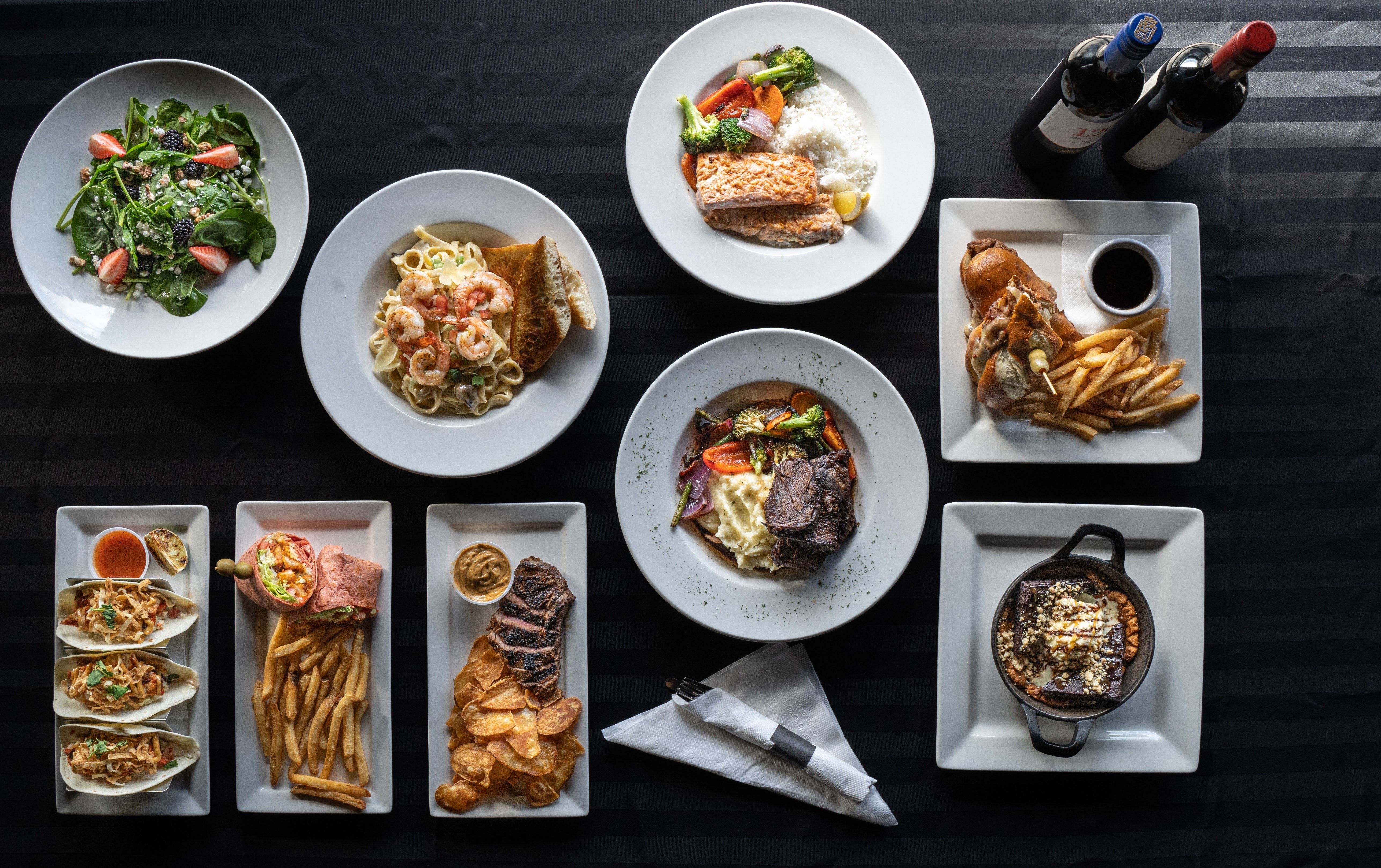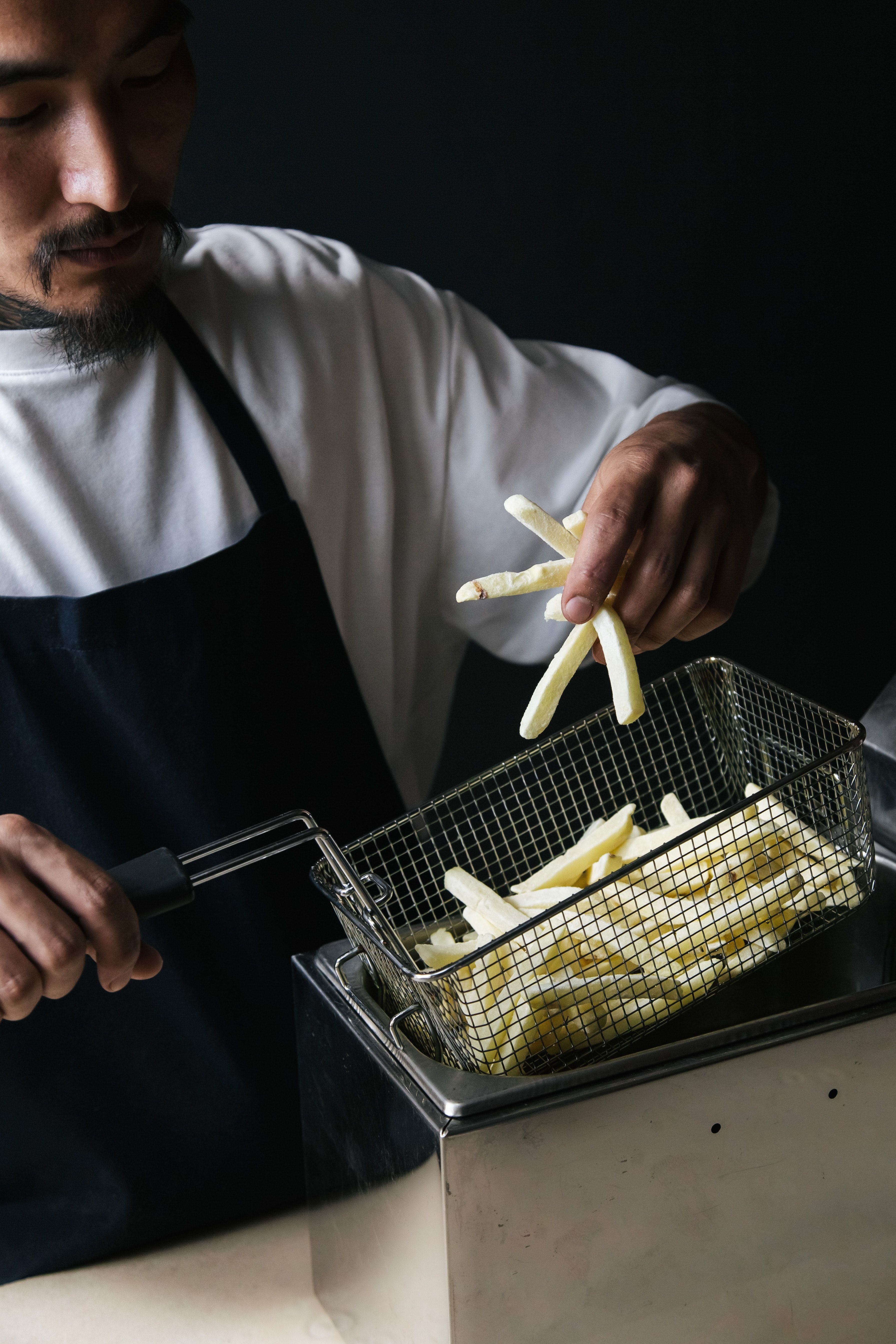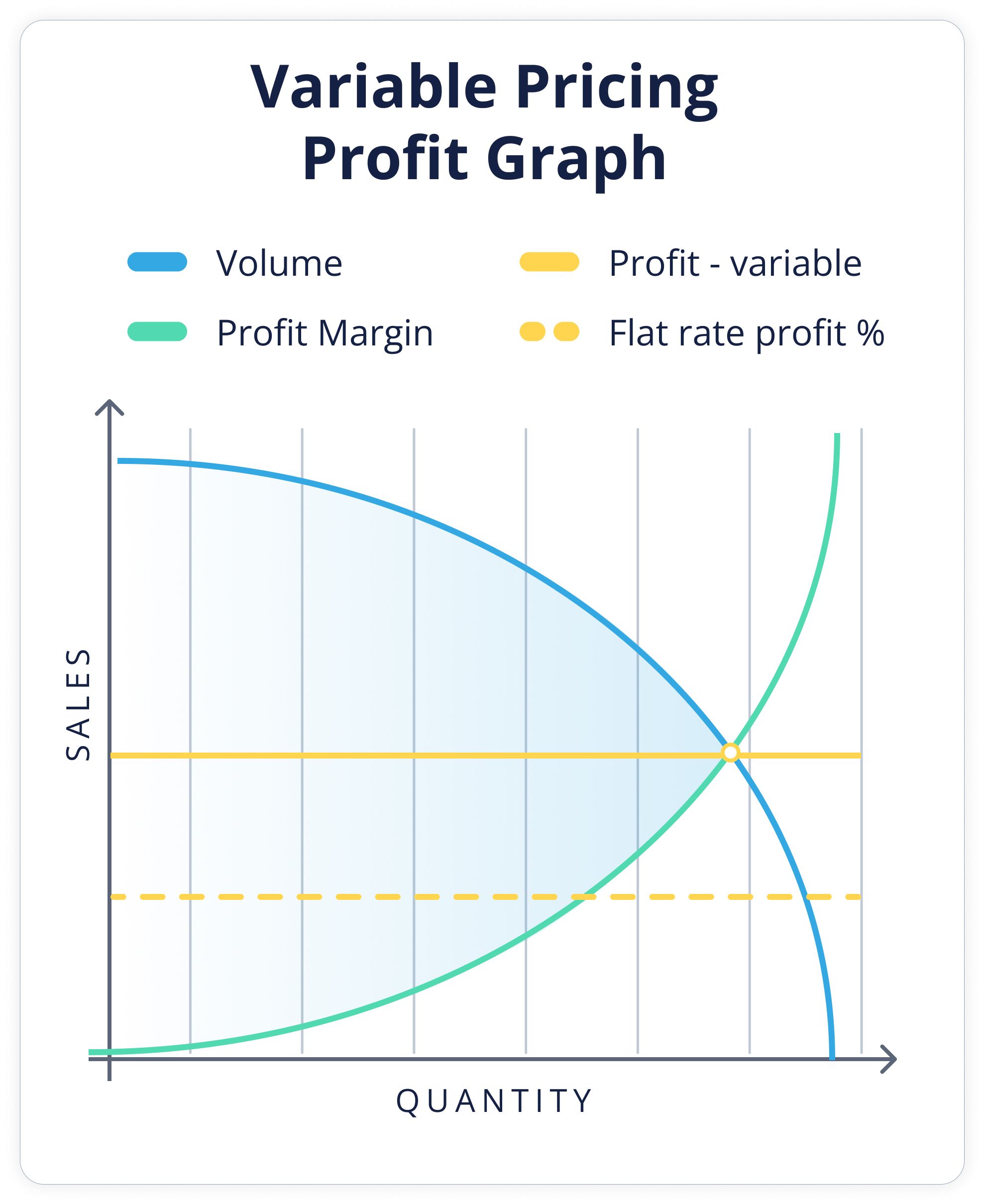Pricing for Success: 5 Key Strategies for Wholesalers in the Food & Beverage Industry

When it comes to the food and beverage industry, pricing your products correctly is crucial for success. As a wholesaler, your pricing strategy can greatly affect your position in the market, your relationships with customers, and your overall profits. This article offers five practical tips to help you price your products effectively in a competitive market. These tips include using a mix of competitive pricing, value-based pricing, and strategic profit margins.
Understanding the Market Dynamics
The food and beverage industry is a multifaceted field that is affected by various factors. Nowadays, wholesalers can compete on value rather than just price through the growing trend of value-based pricing. In 2023, food inflation in Australia is set to reach 7.5% by the end of the first quarter of the 2023-24 financial year, which is amplified by several factors like weather conditions, global commodity prices, and supply chain disruptions. Competing on value by focusing on product quality, brand reputation, and customer service can justify higher prices and result in stronger customer relationships. To maintain profitability and establish excellent relationships with clients, wholesalers should prioritise value instead of just price.
So, what are simple, actionable things you can do to maintain and grow profits and build fantastic relationships with your customers? Here are our top five tips.
Tip 1: Separate Delivery Charges
In a competitive market, every dollar counts. One strategy that food and beverage wholesalers can employ to make their product prices more competitive is to charge delivery separately. This approach ensures that the cost of delivery doesn't inflate the price of your products, making them appear more expensive when restaurants compare suppliers.
When delivery charges are bundled into the product price, it can give the impression of higher product costs, even if the overall cost (product + delivery) remains the same. By separating these charges, you provide a clearer picture of your product pricing, which can be particularly beneficial when restaurants are comparing prices across different suppliers.
Moreover, this strategy allows for flexibility. For instance, if a customer places a large order or is located nearby, you may waive the delivery fee as a gesture of goodwill or a strategic move to secure a larger order.

Tip 2: Focus on Quality, Not Price
While price is a significant factor in any purchasing decision, it's not the only one. More and more, consumers and businesses alike are recognising the value of quality, sustainability, and service. This shift in mindset presents an opportunity for wholesalers to compete on factors other than price.
In the food and beverage industry, factors like food provenance, quality, packaging, and service can significantly enhance perceived value. For instance, knowing where their food comes from and that it's been produced and delivered in a sustainable, ethical manner can be a powerful selling point for many restaurants.
Packaging also plays a role in perceived value. High-quality, sustainable packaging can enhance the unboxing experience and reflect positively on your brand. Similarly, providing excellent service, from the ordering process to delivery and after-sales support, can justify higher prices in the eyes of many customers. Hot tip: (Line your boxes with branded tissue liners to raise your perceived value(https://noissue.com.au/custom-packaging/custom-printed-tissue-paper/)
By focusing on these aspects, you can build a strong brand that commands loyalty and allows you to charge more for your products. This approach, known as value-based pricing, is well-documented in the Harvard Business Review and is increasingly being adopted by businesses across various sectors.
Tip 3: Compete on Fast-Moving Items
In a competitive market, it's essential to be strategic about where you choose to compete on price. Fast-moving items, those that restaurants order frequently and in large quantities, are the perfect candidates. These are the items that chefs, who are often time-poor, are most likely to compare prices on between suppliers.
Core high spend items such as your proteins, chips, eggs, butter, and core vegetables fall into this category. By pricing these items very competitively, you can attract chefs and restaurant owners to your business. Once they see the value you offer on these key items, they're more likely to explore your other offerings and purchase them without comparison.

Tip 4: Reasonable Profit Margin on Medium-Volume Products
For medium-volume products, those that restaurants order regularly but not in as large quantities as fast-moving items, a different strategy is needed. These items, which include olive oil,sauces, stocks etc, should carry a reasonable profit margin.
This strategy strikes a balance between profitability and competitiveness. While these items might not be the first that chefs compare prices on, they still contribute significantly to a restaurant's costs. By offering these items at a price that is competitive but still profitable for you, you can appeal to restaurants looking for value in their medium-volume purchases.
Tip 5: High-Profit Margin on Less Used Products
Less-used speciality items present a unique opportunity for wholesalers. These items, which might include truffles, caviar, and wagyu beef, are not ordered frequently or in large quantities by restaurants. However, when they are ordered, restaurants are often willing to pay a premium for them.
By adding a high-profit margin to these items, you can maximise your profits. The speciality status and lower sales volume of these items mean that restaurants are less likely to be comparing prices between suppliers, allowing you to charge a premium.
For these products, you should charge a substantially higher profit margin than your fast movers or your core products.
Utilising Open Pantry's Margin Feature
Implementing these pricing strategies is made easy with Open Pantry's margin feature. This tool allows wholesalers to set profit margin-based pricing where you can set pricing based on profit levels, helping you to maximise your profit whilst maintaining competitiveness. This food cost software tool is a highly coveted feature of our restaurant management system.

Lock In Profits With Open Pantry
In a competitive market, strategic pricing is key for food and beverage wholesalers. By competing on price for fast-moving items, adding a reasonable profit margin on medium-volume products, and charging a premium for less used speciality items, you can attract a wide range of restaurants and maximise your profits.
Open Pantry's margin feature can help you implement these strategies, allowing you to set profit margin-based pricing and make consistent profits. If you're a wholesaler looking to improve your pricing strategy with restaurant management software, contact Open Pantry for a demo today.
Remember, in the world of food and beverage wholesaling, the price is not the only factor that restaurants consider when choosing a supplier. Quality, service, and value all play a crucial role. By focusing on providing value and quality and by implementing a strategic pricing strategy, you can stand out in a competitive market.
Contact Open Pantry for a demo today and see how we can help you implement these strategies and more.